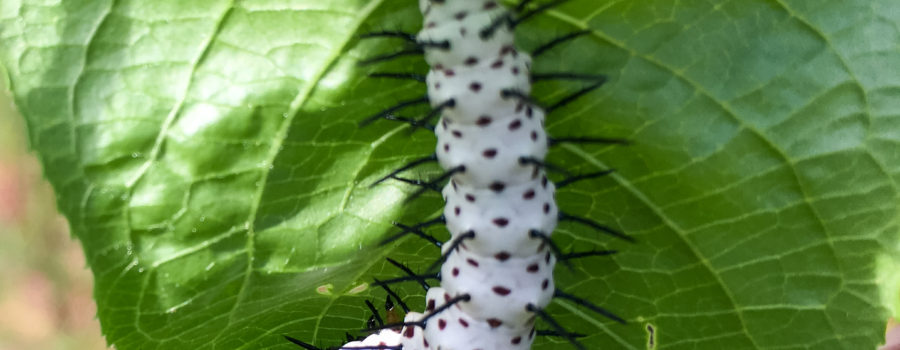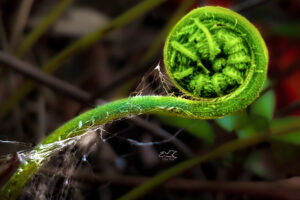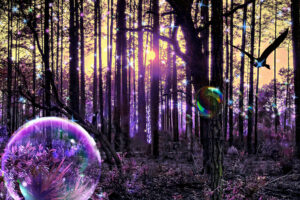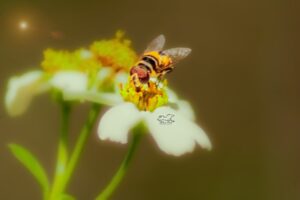How to Take Great Nature Photos: Know Light Intensity

In recent weeks I have written a series of posts discussing the the various aspects of light in nature photography. Those include light quality, light color, light direction, and tonight we will talk about light intensity. Light intensity can be defined as the brightness of the light being used to take a photo. Light intensity, like the other aspects of light is a continuum. That continuum runs from total darkness to blinding brightness. Obviously, you wouldn’t want to shoot photos at either end of that spectrum, but in between there are lots of light intensities that are very useful.

So how does light intensity affect our photos? In basic terms, the intensity of the light we use determines what kinds of highlights and shadows we get in our photos. The difference between the highlights and the shadows is known as the contrast in our photo. That difference is what helps to determine if the subject seems flat or three dimensional. Put another way, the contrast is the differences between the intensities of the light on opposite sides of the subject. To use the example I’ve used before, if we shine a flashlight on a subject in the dark, one side of that subject will be brightly illuminated while the other will be heavily shadowed. This is because there is a a high degree of contrast between the amount of light reaching the two sides of the subject. In a photo taken under these conditions, the subject would be very obviously three dimensional. If a second light was added on the dark side, then the shadows disappear, since the contrast is eliminated. A photo taken now would appear flat.

As with the other aspects of light, intensity can be changed in any number of ways. By changing camera settings, we control the amount of light getting into the camera to form the image, and is one way of effecting the intensity of light. Filters are also a way of changing the amount of light entering the camera. A third way of changing light intensity is by moving the light source. Again using our flashlight, if we move the light back way from the subject, the light begins to spread out, and as it spreads, it’s intensity decreases (hence the cone of light coming from the flashlight). As the intensity decreases, the contrast decreases, and there is less difference between the highlights and the shadows. If we step back far enough, the entire subject if fully in shadow, and once again appears flat.

So once again, as nature photographers, how do we control light intensity out in the field (besides changing camera settings or using filters). As stated before, one of the easiest ways is to choose when we shoot. Shooting in the middle of the day will give us high light intensity and strong contrast. Subjects will have plenty of dimensionality, but details may be lost in the strong shadows or on blown out highlights. If we shoot closer to sunset or sunrise or on a cloudy day, the light is less intense, so the contrast is less. The subjects may have less depth (dimensionality), but there won’t be overwhelming shadows or blown out highlights. We can also choose our shooting position. For example, say I’m shooting a bird on a bright sunny day. If I shoot directly into the sun, I will have strong light intensity on the back of my subject, but the front will be heavily shadowed and detail will be poor. But if I take a few steps and get that sun behind a tree, my light intensity decreases, and I will get a better photo. Better yet, if I can move around to the opposite side, and put the sun behind me, I can shoot the well illuminated side and get good detail (I know that’s not always possible).

One last note to make before we end this…even though we have discussed each aspect of light separately, they are all interconnected. As we just saw in the above example, light directionality can affect intensity. And so can quality and color. On the other hand, intensity can affect the final colors we get in our images, and so can direction and quality, and on and on. So it becomes important to not only understand each aspect of light, but also to understand how they all change each other, and how they all work together. I would also like to point out that there is no one “right” way to shoot an image. Some photographers like bright images, while other prefer to take darker ones. When we first start out, most of us shoot all kinds of photos (which is good! That’s how we learn!), and as we develop we find what we (and our audiences) prefer. That’s part of developing our brand, and part of what makes us all individuals. Do any of you have thoughts on the use of light intensity in your photos? I’d love to hear from you!





Recent Comments